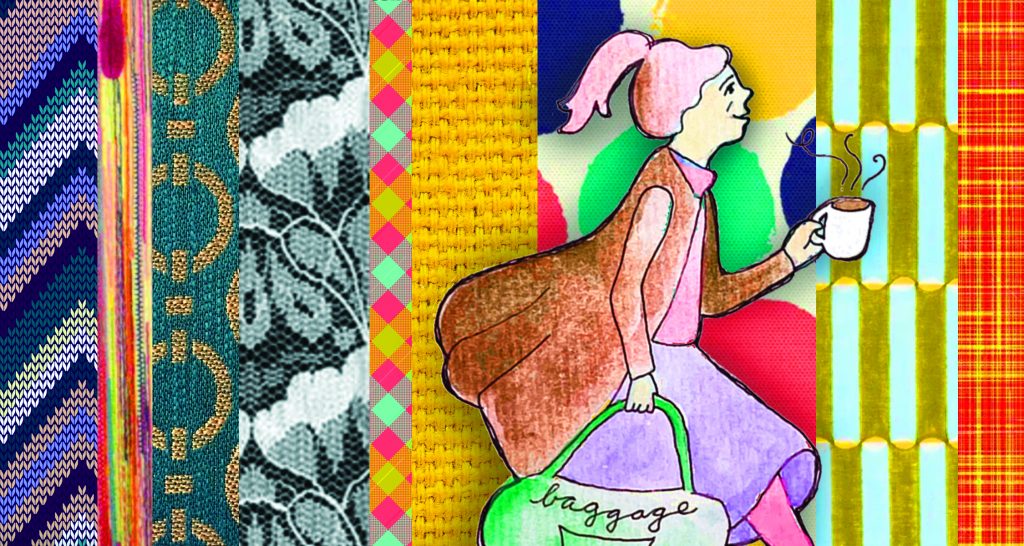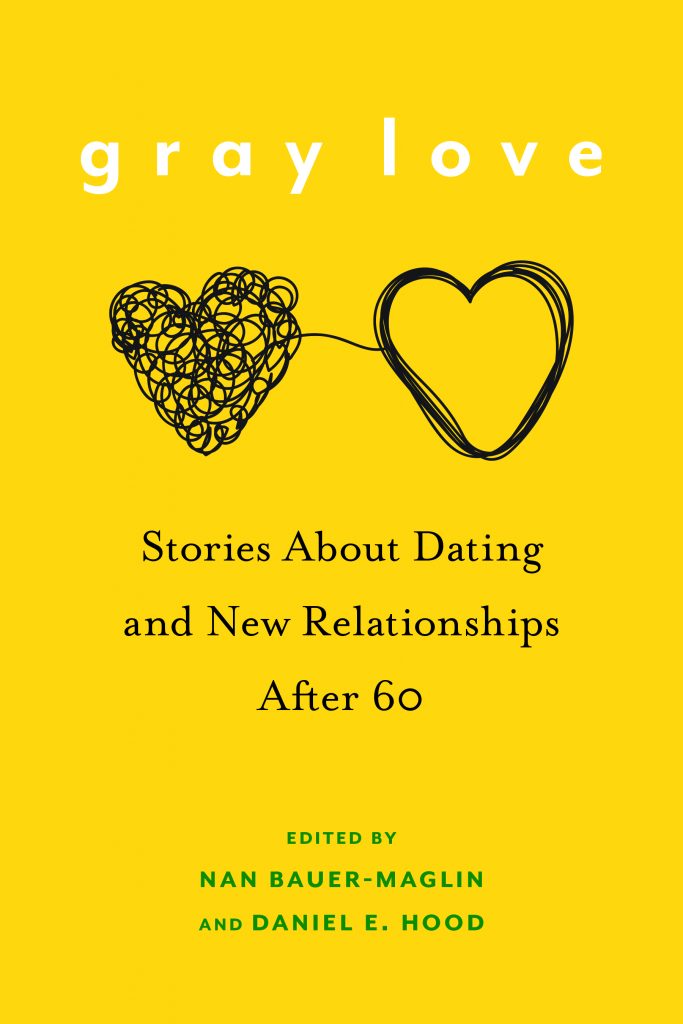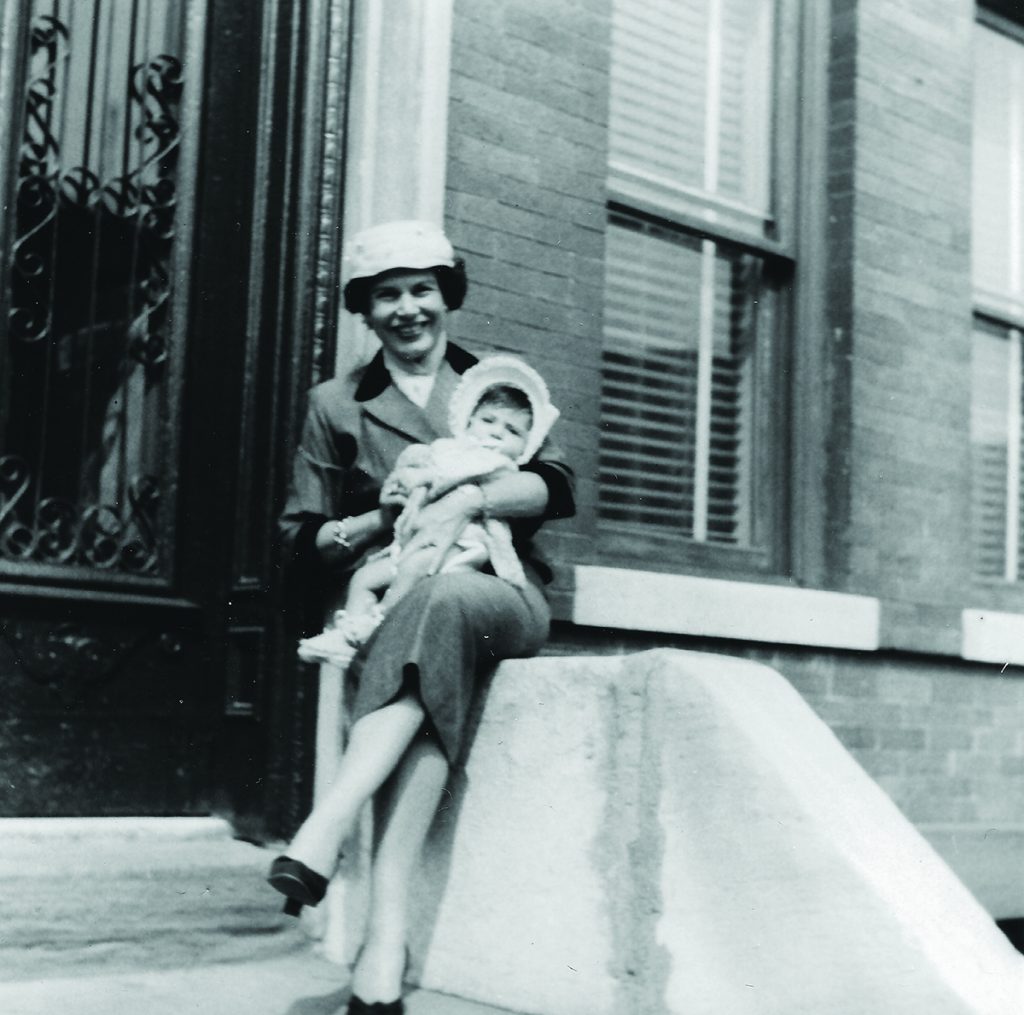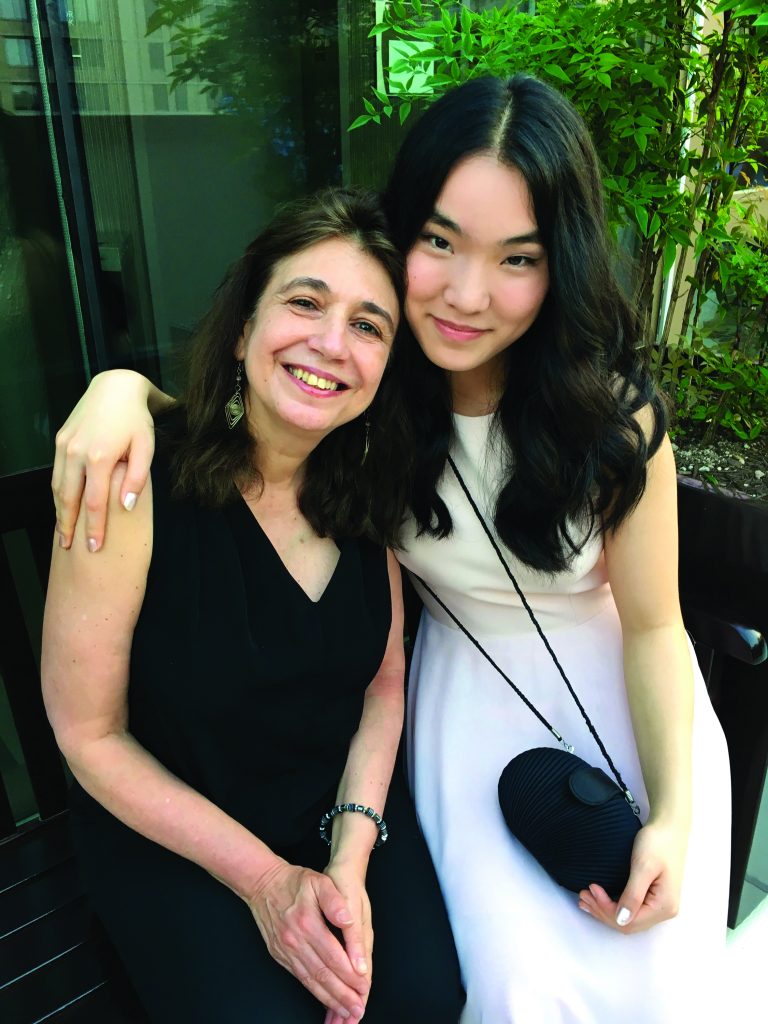
I’ve never been completely comfortable with the concept of dating, and the though of doing so in later life terrifies me to no end. By comparison, I know people my age who actually enjoy the dating process-combing through dating apps, dressing up, and meeting perfect strangers.
For many years now, I have been a stay-at-home worker, a Zoomer ahead of the times. Even before COVID-19 made hermits and multitaskers of us all, turning our kitchen tables into office space, I “commuted” from my bed to my desk each morning, ready to start my day.
So, it’s no surprise that my typical work attire has been casual, sometimes bordering on the eclec- tic. This morning, for instance, I threw on a warm, furry bathrobe, cotton leggings, and festive Christmas slipper socks, even though that holiday has long since passed. I gave my dark, graying hair a quick brush and avoided makeup altogether. Later when I run out to do errands, I’ll slip into a pair of trusty jeans, a sweater, well-worn boots, and one of three sets of favored silver earrings. Over the years, I’ve fallen into an all-too- predictable comfort zone, both in mind-set and appearance—a pattern that’s had both its upsides and potential downfalls.
For the most part, I’ve embraced my casual way of life and its associ- ated style of dress for nearly two decades now. Rather than worry about what to wear to the “office” each day, I’ve focused on adopting and raising a daughter, caring for elderly parents, deepening my spiritual life, tend- ing to friendships. For better or for worse (depending on how you view things), I’ve mostly—and unabashedly—been single, so dressing up and pulling together a cute outfit has not been a top priority.
To be fair, I am not—and never have been—an enthusiastic or casual dater. In my sixty-four years on the planet, I’ve had my share of long-term relationships, ambiguous partnerships, and cherished friendships with men. I’ve even had my celebrity crushes. But I’ve never been completely comfortable with the concept of dating, and the thought of doing so in later life terrifies me to no end. By comparison, I know people my age who actually enjoy the dating process—combing through dating apps, dress- ing up, and meeting perfect strangers. If one date doesn’t work out, they simply move on to the next. Impressed by their resilience, I call them pro- fessional daters.
On occasion, however, I’ll find myself fighting of a bout of regret should I see a couple with that certain glow, that divinely fated relationship. I won- der how it might feel to have that rare soulful bond, a special connection of my own. In these moments, I think that maybe, just maybe, I could ven- ture out of my comfort zone and take a chance at dating. But, at the age of sixty-four and counting, I seriously wonder, What would I wear?
When I was younger, in my twenties and thirties, long before I became a mother, I was more cavalier in my approach to dressing up. Feeling more confident in my body, I might have thrown on a short, fitted skirt, a sleeve- less top, and a pair of suede pumps for a night out with friends. I might have painted my lips a bright scarlet red or attempted a smoky eye just for fun. In those days, I walked with a certain levity, even a bit of swagger. Back then, the weight of my emotions had yet to wear me down. I had fewer worry lines, fewer disappointments, and ten fewer pounds to cam- ouflage. Of course, I had my problems and insecurities then; it’s just that life—and my wardrobe issues—seemed simpler.
These days I dress not to stand out but to cover up, to feel more invis- ible. I dress to hide the various assaults on my body sustained over the years—the surgeries in my fifties and sixties that caught me of guard; the death of my parents (and younger family members) that struck me repeatedly with blows of grief. I dress for comfort and dependability as a
way to center—and protect—myself from the world. I dress as a woman in her sixties, not sure how to change her style.
Not long ago, I spoke to three friends about the topic of dressing and dating. My friend Shawn, though partnered for years, had this to say: “I think comfort is necessary when you go on a date at our age. It’s respectful to be clean and neat and have a bit of polish, but not to the extent to where you feel vulnerable or on display. Haven’t we spent enough of our lives being judged by our physical appearance?” Another friend, Lisa, married for decades and now single, added this: “I’ve been told that we don’t need much makeup at our age. It’s best to let our eyes tell the story.”
Each of these points resonated with me, distinctly. For starters, I’ll admit that part of my reluctance to date comes down to judgment. In my experience, women are held often to a higher standard than men and judged more critically—and perhaps disproportionately—by our physical appearance. We have to try harder to look good, despite all of our accom- plishments. As we age, we are given less of a pass than men are. We are unfairly overlooked by youth, a favored commodity. And while I’ve worked hard for years to develop a sense of self-worth and confidence—based less on looks and fashion and more on my character and values—I’m still at the mercy of these cultural constructs, ingrained deeply within me.
So, when it comes to the topic of dressing and dating, I find myself ask- ing these questions: What would a potential partner think of me when eyeing me up initially—and would I be willing (or tolerant enough) to open myself up to such scrutiny? If I were to attempt to improve my dressing game, with a pair of fitted pants, a scarf, sunglasses, and some makeup— dressing for comfort and polish, as Shawn suggests—would I appear to be somewhat of an imposter? Would a set of new clothes, an upgraded image, conceal the very essence of who I am: a woman in her sixties, who is prone to feeling vibrant and youthful one day, defeated and tired the next? Would a pair of new shoes be enough to disguise my mistrust of men,
based fairly or unfairly on my past? Would my eyes be able to tell my story—and if so, which story would it tell?
My friend Mary has known me since I was twenty-three and a univer- sity student in California. For many years, Mary has heard my tales of life, travel, work, and family, and has been part of the narrative on more than a few occasions. Since we’ve both been independently single for vast stretches of our friendship, we’ve laughed (and cried) over our love lives, our exes, our dreams, our indecisions. So, when I asked Mary recently what I should wear if I were to go on a date at my age, she answered— directly—with her trademark humor, “Some black lingerie?” Her response made me laugh and cringe simultaneously, as I gazed on the snow falling softly outside my window, threw on an extra sweater, and thought, black lingerie would have to wait for another day (or maybe forever).
Part 2
Several months have passed and a bleak winter sky has given way to the gentle unfolding of spring. In a wave of energy this morning, I washed my front windows, swept up dry leaves, and folded a stack of purple sweaters, black jeans, and gray socks, worn to oblivion in the cold. As I felt the warm sun filter in, I drew a sigh of relief—and as I looked out my window, I sensed that my vision was slowly improving, getting clearer. A few months ago, I had one of those unexpected medical events that creep up on you when you’re living life in your sixties. Unbeknownst to me, a layer of scar tissue had formed on the retina of my right eye, so for weeks on end, I was ban- ished to doctors’ offices, to operating rooms, and to my home to recover from surgery. I struggled with blurry vision, a sensitivity to light, and a reluctance to leave my home. The simple thought of socializing, much less dating, exhausted me. I wondered what a path forward might look like.
But with the arrival of spring, and an emergence from the darkness of vision problems, I’ve found a world bathed in color, in light. The signs of hope and renewal—and synchronicities—are everywhere. Earlier
this morning, I looked out my window to find two mourning doves perched on the fire escape, their soft, drawn-out calls piercing the still city air. It’s been said that when a pair of doves come to visit (as they do each spring), they are a symbol of devotion, friendship, and love—a bea- con of healing, forgiveness, peace. An indication to move on.
On this morning in early spring, I stood wrapped in my bathrobe, watching those pufed-up, slender-tailed birds court, preen, and chase one another across leafy yards, devoid of self-consciousness, free. In their grayness, their nakedness, their sheer commitment to the moment, they shared a dance, a journey, however temporary. In my shared grayness, and with my teacup in hand, I turned from the window smiling, ready to start my day.



